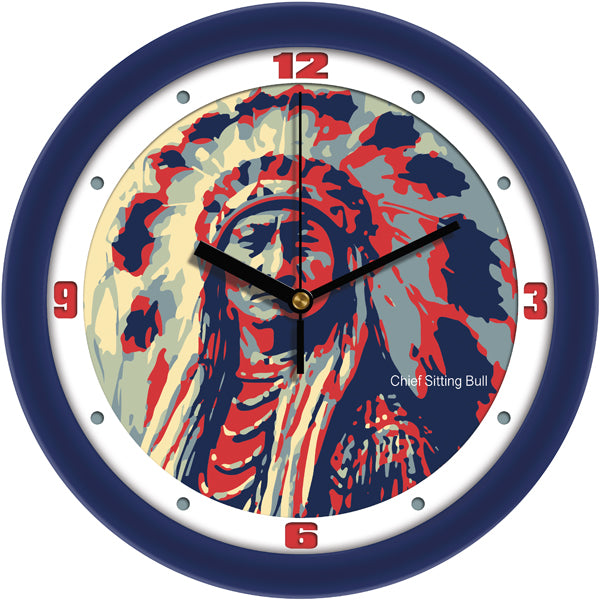Description
Chief Sitting Bull, also known as Tȟatȟáŋka Íyotake, was a prominent leader and spiritual figure of the Lakota Sioux tribe. He played a significant role in the history and struggles of Native American peoples during the late 19th century. Here are some key aspects highlighting the importance of Chief Sitting Bull:
- Resistance against U.S. Expansion: Sitting Bull is renowned for his role in resisting the encroachment of U.S. settlers and the United States government onto Lakota lands. He became a symbol of Native American resistance and sovereignty during a time of intense conflict and forced assimilation.
- Battle of Little Bighorn: Sitting Bull’s leadership and tactical skills were instrumental in the Battle of Little Bighorn in 1876, also known as Custer’s Last Stand. Under his guidance, Lakota, Cheyenne, and Arapaho warriors defeated the U.S. Army’s 7th Cavalry led by General George Custer, marking a significant victory for Native American forces in their struggle to defend their way of life.
- Cultural Preservation: Sitting Bull was deeply committed to preserving Lakota traditions, culture, and spiritual practices. He was known for his vision quests, prophecies, and his role as a spiritual leader among his people. His efforts helped keep Lakota cultural heritage alive in the face of cultural assimilation policies.
- International Symbol of Indigenous Resistance: Sitting Bull’s reputation as a fearless and uncompromising leader spread beyond the borders of the United States. He toured with Buffalo Bill’s Wild West show, which brought him international recognition and made him a symbol of indigenous resistance against colonialism and injustice.
- Legacy and Inspiration: Chief Sitting Bull’s life and resistance against the displacement and mistreatment of Native American peoples have left a lasting impact. His unwavering determination, strength of character, and commitment to his people have inspired generations of Native Americans and others fighting for justice, indigenous rights, and the recognition of diverse cultural identities.
Chief Sitting Bull remains an iconic figure in Native American history, representing the struggles, resilience, and spiritual traditions of indigenous peoples. His leadership and resistance serve as a reminder of the ongoing fight for self-determination, cultural preservation, and the rights of indigenous communities worldwide.





